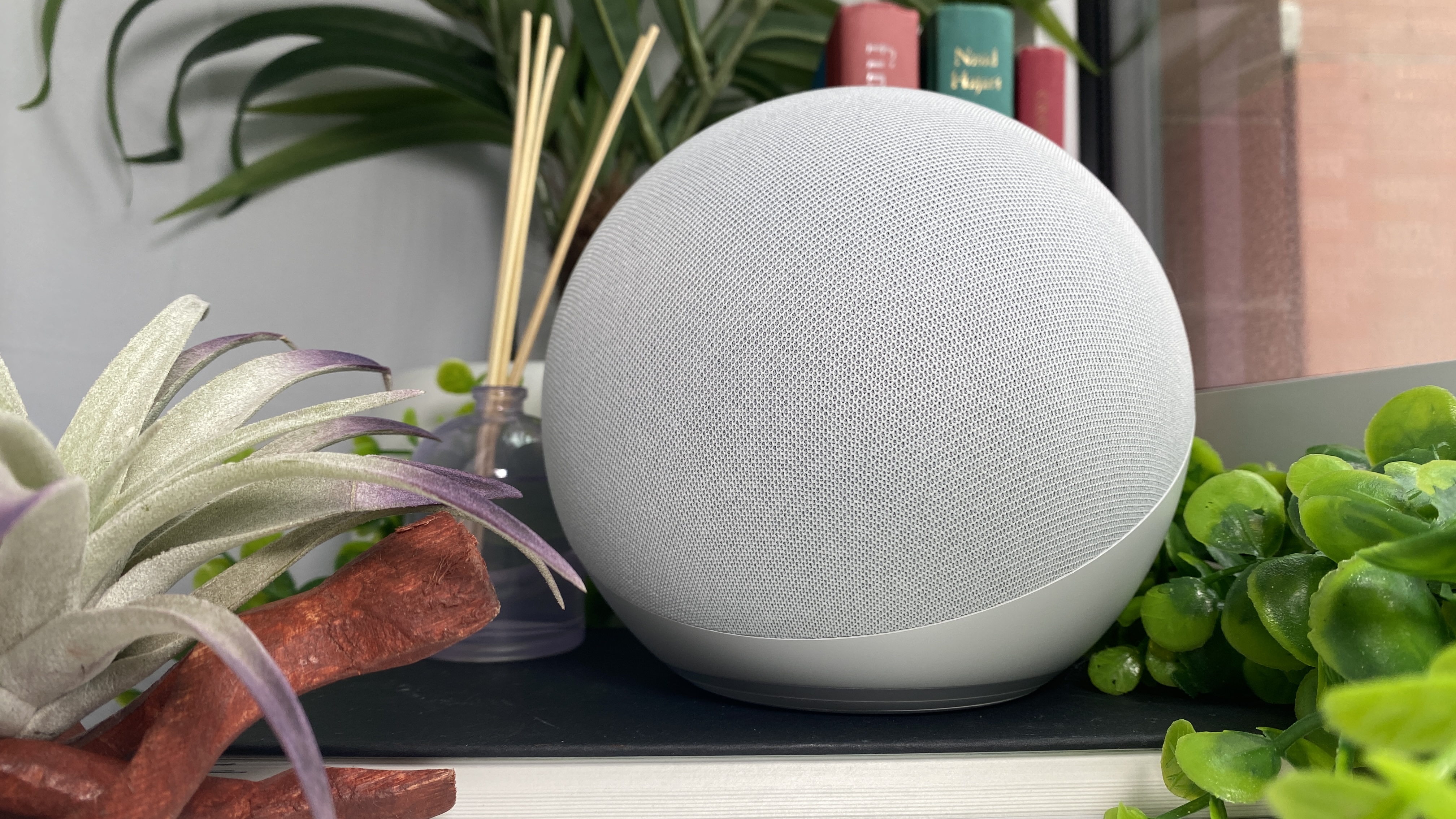When it comes to purchasing a diamond, whether for an engagement ring, a piece of jewelry, or a special occasion, understanding the “4Cs” of diamonds is crucial. The term “4Cs” refers to four key factors that determine the quality and value of a diamond: cut, color, clarity, and carat weight. These factors help buyers make informed decisions when selecting diamonds and ensure they get the best value for their investment. In this article, we’ll break down the 4Cs and explain how each one affects the overall quality of a diamond, specifically focusing on “diamanten 4Cs.”
The Importance of Diamanten 4Cs in Choosing the Perfect Diamond
The term “diamanten 4Cs” is commonly used in the diamond industry to describe the essential characteristics that define a diamond’s quality. Understanding these 4Cs is essential for anyone looking to buy a diamond, whether it’s for an engagement ring or a special gift. The 4Cs help establish the value of a diamond, and they play a significant role in determining both the appearance and the cost of the diamond. By considering each of these factors carefully, buyers can make well-informed choices and find a diamond that fits their needs and budget.
The first “C” in diamanten 4Cs is cut, which is arguably the most important factor in determining a diamond’s overall beauty and brilliance. The cut refers to how well the diamond has been shaped and faceted, which affects how light is reflected and how the diamond sparkles. A well-cut diamond will have excellent light performance, making it appear bright and full of sparkle. The quality of the cut can enhance the diamond’s overall appearance, even if other factors, such as color and clarity, are not perfect.
The Role of Cut in Diamanten 4Cs
When evaluating diamanten 4Cs, the cut is often considered the most important. It plays a significant role in how a diamond interacts with light. A diamond that is cut well will sparkle more, reflecting light through its facets, making it appear more brilliant. A poorly cut diamond, on the other hand, can look dull or lifeless, even if it has excellent color and clarity.
Diamonds are graded for cut based on a scale that ranges from Excellent to Poor. A diamond with an Excellent cut will have ideal proportions, ensuring that light reflects optimally within the stone. When selecting a diamond, it’s crucial to prioritize the cut because it affects the overall visual appeal of the stone. The better the cut, the more dazzling the diamond will appear, making it a key factor in understanding diamanten 4Cs.
Understanding the Color Aspect of Diamanten 4Cs
The second “C” in the diamanten 4Cs is color, which refers to the presence of any color in a diamond. Diamonds are graded on a scale from D (colorless) to Z (light yellow or brown). A colorless diamond is the most valuable because it allows the most light to pass through, resulting in maximum sparkle. As diamonds become more yellow or brown, their value decreases. However, slight differences in color may not be noticeable to the naked eye, especially when set in jewelry.
When considering diamanten 4Cs, it’s essential to understand that diamonds closer to the D grade are rarer and typically more expensive. However, diamonds in the G-H range (near-colorless) can offer great value while still appearing nearly colorless to most viewers. Depending on your preferences and budget, the color of the diamond is an important consideration when choosing the best stone. While the color grade plays a role in the overall appearance, it is not as critical as the cut in terms of a diamond’s brilliance.
The Clarity Factor in Diamanten 4Cs
The third “C” in diamanten 4Cs is clarity, which refers to the absence of internal or external flaws, known as inclusions and blemishes. While all diamonds have some imperfections, diamonds with fewer or less noticeable inclusions are considered more valuable. Clarity is graded on a scale ranging from Flawless (FL) to Included (I3), with several grades in between, such as Very Slightly Included (VS1, VS2) and Slightly Included (SI1, SI2).
The clarity of a diamond affects its overall appearance, but it is often less noticeable than the cut or color. Most inclusions are microscopic and can’t be seen without magnification. For many buyers, a diamond with a clarity grade of VS2 or higher offers the best balance of beauty and value, as the inclusions are typically invisible to the naked eye. When examining diamanten 4Cs, clarity is essential, but the cut and color may have a more noticeable impact on the diamond’s overall appearance.
Carat Weight in Diamanten 4Cs
The final “C” in diamanten 4Cs is carat weight, which refers to the size of the diamond. One carat is equivalent to 0.2 grams, and diamonds are also measured in points, with 100 points equaling one carat. Carat weight is often a key factor in determining a diamond’s price, with larger diamonds being more expensive than smaller ones. However, carat weight is not the only factor that determines a diamond’s value, as the cut, color, and clarity also play essential roles.
While many buyers are drawn to larger diamonds, it’s important to remember that carat weight does not always equate to the best value. A smaller diamond with excellent cut, color, and clarity may outshine a larger stone with poorer grades in these categories. When selecting a diamond, it’s important to find the right balance between carat weight and the other 3Cs, depending on your preferences and budget.
Balancing the 4Cs for Your Perfect Diamond
Understanding how the diamanten 4Cs interact is crucial in selecting the right diamond. It’s important to remember that the 4Cs work together to create a beautiful and valuable diamond. While some buyers may prioritize size (carat weight), others may focus more on brilliance (cut) or visual appearance (color and clarity). Each person’s preferences will vary, and balancing the 4Cs is the key to finding the best diamond for your needs.
For example, if you prefer a larger diamond, you might sacrifice some clarity to find a more affordable stone that still looks great. On the other hand, if you’re after the ultimate in brilliance, you may prioritize a higher cut grade and opt for a slightly smaller diamond unterschied laborgezüchtete diamanten echte diamanten. Understanding the nuances of the 4Cs will help you make a decision that fits your budget and aesthetic preferences.
Conclusion: Why Understanding Diamanten 4Cs Is Essential
When it comes to buying a diamond, understanding the diamanten 4Cs is crucial. The cut, color, clarity, and carat weight all play a significant role in determining a diamond’s overall quality, appearance, and value. By learning about these factors and considering how they interact, you’ll be able to make an informed decision when selecting a diamond. Whether you’re buying a diamond engagement ring or another piece of fine jewelry, knowing how to evaluate diamonds based on the 4Cs will help you choose the perfect stone that meets your desires and budget.
















